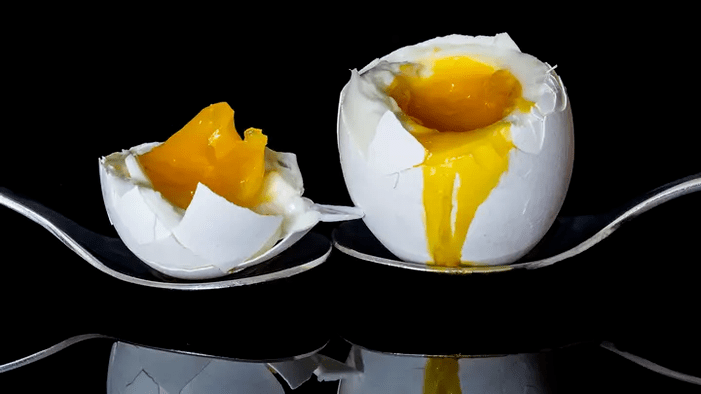
What is the Dukan Diet? This is a dietary plan based on the consumption of protein foods. According to Irene Jackson-Cannady, the diet was developed by French general practitioner and nutritionist Pierre Dukan in 2000.
The diet is based on the following principles:
- Variety of products. In the initial phase of the diet, it is allowed to consume only proteins, but over time the diet becomes more extensive.
- Control of consumption regime. Increasing the content of protein foods in the menu can lead to dehydration, so women should drink at least two liters of water a day, and men - three, as Arend-Jan Meinders says.
- Give up sugar. High glucose levels in the body lead to a decrease in the breakdown of fats. Fructose-based sweeteners are used to sweeten foods.
- Reducing salt intake.
- Fractional meals. Food is consumed 5 times a day.
What can you eat on the Dukan diet?
The eating plan includes four phases, each of which allows for the consumption of different foods.
The first stage is "Attack". The most difficult and shortest phase, lasting 5 to 7 days. During this time you can lose 2-3 kg. During this period, only protein foods are allowed:
- meat (beef, lamb, lean pork, chicken, turkey, rabbit, quail, offal);
- eggs (whites - no restrictions, yolks - no more than two per day);
- seafood and fish (lean white and red fish, mussels, squid, shrimp, cuttlefish, scallops);
- skimmed milk, kefir, cottage cheese, cheeses;
- Soy meat;
- spices, dried herbs, vinegar, mustard.

The second step is "Alternation". At this time, a protein day, as in the "Attack" phase, alternates with the next, allowing the addition of greens and non-starchy vegetables to the menu. The duration of the stage depends on how much the person wants to lose. To lose 1 kg of weight, it is necessary to follow the recommendations of the 1 week phase.
You can eat all foods allowed in the "Attack" phase, and also add to the menu:
- whole grain bread;
- asparagus;
- mushrooms;
- tomatoes, cucumbers, pumpkin, eggplant, zucchini, radishes, beets, avocados, white cabbage and cauliflower, broccoli;
- spinach, sorrel, any greens;
- olive oil (no more than a tablespoon per day).
The third stage is "Consolidation". The phase aims to prevent weight gain again. Around 500 g of weight will be lost per week, so the duration of the phase depends on the objectives. For two meals a week, you can treat yourself to any prohibited food.
You should consume at least three tablespoons of bran or fiber every day. In addition to the foods allowed in the "Attack" and "Alternation" phases, you can add to the diet:
- honey (no more than three teaspoons per day);
- seasonal berries and fruits;
- lentils, peas, beans;
- olives;
- nuts;
- corn;
- rice and buckwheat;
- pasta made from durum wheat.
The fourth step is "Stabilization". During this phase, you can eat all previously permitted foods. At the same time, you need to continue to eat fractionally, eat bran daily and make it consist only of proteins once a week. As long as a person remains in the "stabilization" phase, they will remain thin.
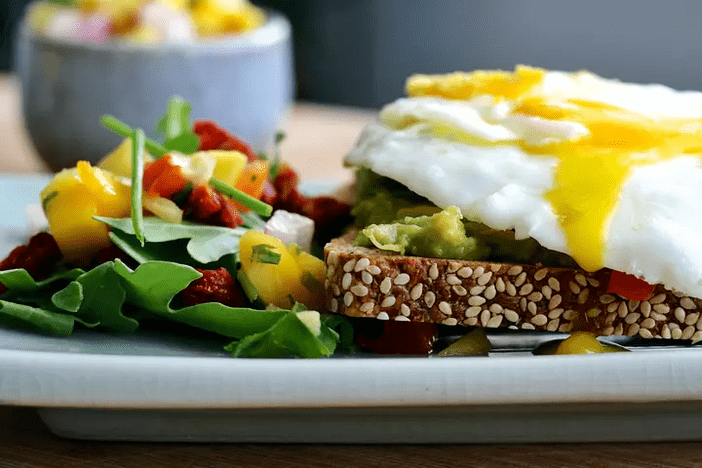
Diet effectiveness
Digesting proteins is more difficult than fats and carbohydrates, so the body uses the energy it receives from already accumulated fat. In addition, protein foods cause a feeling of satiety for a long time, therefore, a person does not overeat or snack on unhealthy foods. As Marina Altashina, candidate of medical sciences, notes, the abundance of proteins in the diet allows you to lose weight without losing muscle mass.
As the diet consists of four stages, the last of which can be followed throughout life, the Dukan nutritional plan assumes long-term results.
Week menu
How to start the Dukan diet? To make it easier to support dietary restrictions, a week before you start changing your diet, reduce the amount of sugar and salt you consume. Start replacing regular bread with wholemeal or crusty bread.
After preparation, which includes self-motivation, proceed to the first stage of the Dukan diet - "Attack". Let's take a look at this week's menu.
First day
- Breakfast: Grilled turkey fillet, two-egg omelet and skimmed milk.
- Second breakfast: cheesecakes.
- Lunch: shrimp and squid soup.
- Afternoon snack: bread with lightly salted salmon.
- Dinner: low-fat cottage cheese.
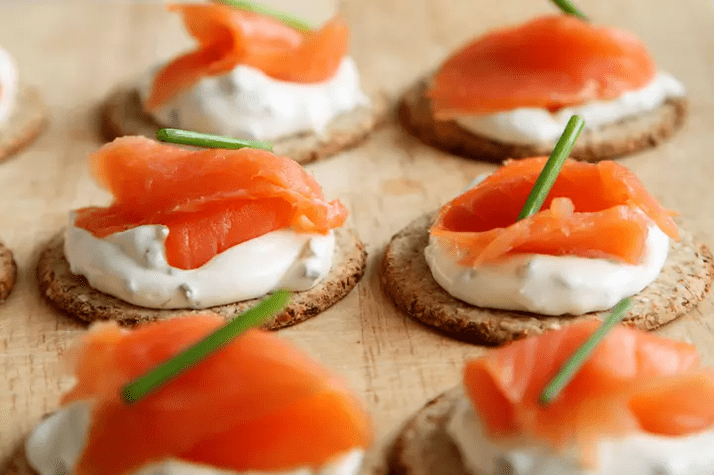
Second day
- Breakfast: scrambled eggs, roast lamb.
- Second breakfast: a glass of low-fat kefir, boiled pork.
- Lunch: chicken broth with aromatic herbs.
- Afternoon snack: rabbit stewed in milk.
- Dinner: steamed veal chops.
The third day
- Breakfast: boiled egg, beef marinated in spices, grilled.
- Second breakfast: curd casserole.
- Lunch: soup with meatballs cooked with kefir.
- Afternoon snack: omelet with liver pate.
- Dinner: boiled squid and shrimp.
Fourth day
- Breakfast: cheesecakes.
- Second breakfast: bread with low-fat cheese.
- Lunch: soup with veal and turkey.
- Afternoon snack: milk.
- Dinner: roast quail.
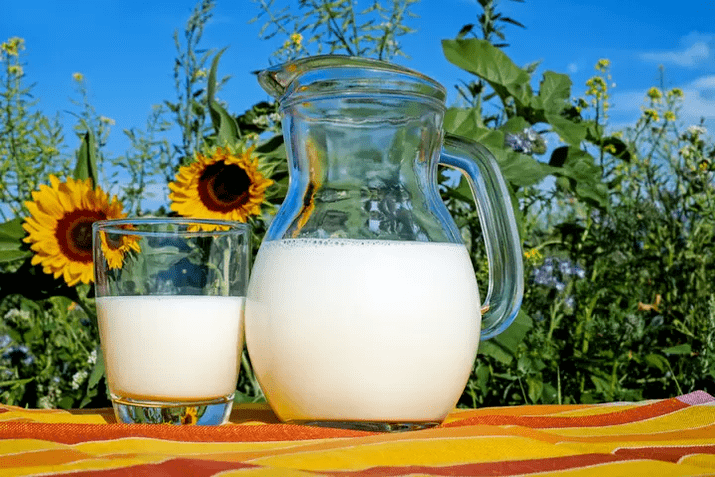
Fifth day
- Breakfast: steamed omelet, grilled chicken fillet.
- Second breakfast: kefir.
- Lunch: liver and turkey pate, bread.
- Afternoon snack: cottage cheese.
- Dinner: mussels in mustard sauce with milk.
Sixth day
- Breakfast: two boiled eggs, spicy roast veal.
- Second breakfast: wholemeal bread with low-fat cream cheese and lightly salted salmon.
- Lunch: seafood soup.
- Afternoon snack: cottage cheese.
- Dinner: grilled pike fillet.
Seventh day
- Breakfast: fried eggs with beef.
- Second breakfast: low-fat cottage cheese with sweetener.
- Lunch: mussel and squid soup.
- Afternoon snack: steamed chicken and turkey cutlets.
- Dinner: Grilled pork steak
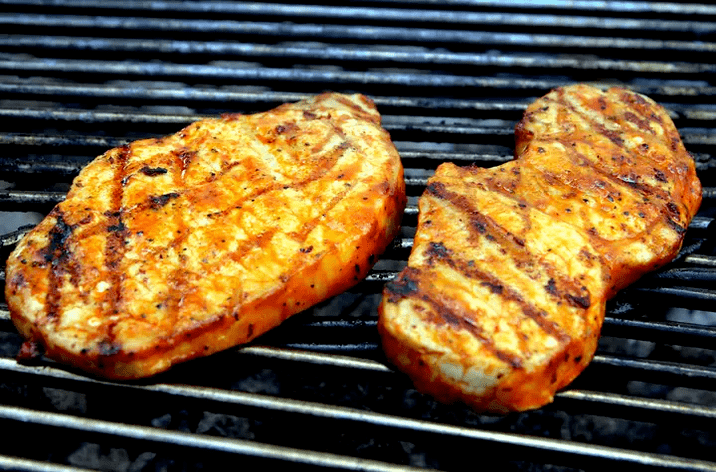
Between meals it is allowed to drink not only water, but also coffee, unsweetened tea and herbal decoctions. After a week, proceed to the next step of your diet.
The Dukan diet is suitable for effective weight loss. However, it involves serious restrictions, so in order not to harm yourself, consult a doctor before starting it.
Attention! The material is for informational purposes only. You should not resort to the treatment methods described here without first consulting your doctor.






























